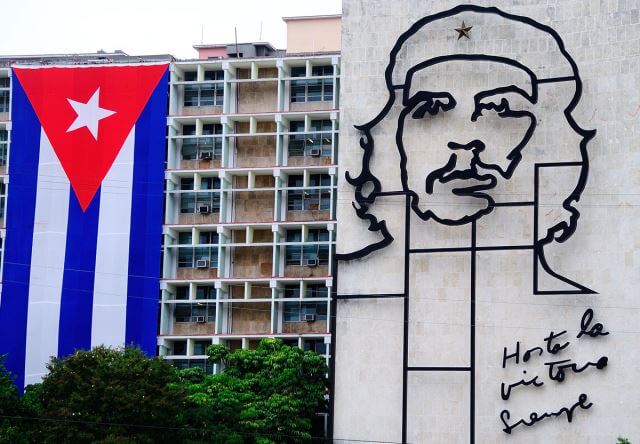
Mural of Ernesto “Che” Guevara in Havana. The text is Hasta la Victoria Siempre!, or Until Victory, Always!
During the two hour drive from Trinidad to Santa Clara, our driver put on a documentary about the life of Che Guevara. Once we’d got over the many-times-copied VHS video quality it was a decently made piece. The documentary painted a very rosy picture of his life and work, but seemed to gloss over a lot of details, so I was keen to get to our destination and learn more.
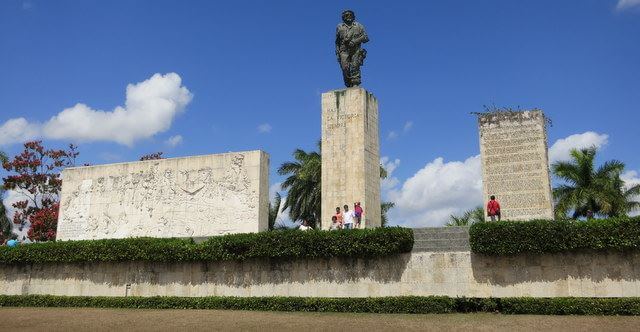
Che Guevara Statue at the memorial in Santa Clara
Much like the documentary, the museum beneath the memorial depicts Che as an educated statesman and jet setting do-gooder. After the revolution he travelled to recently liberated countries to learn how they rebuilt their economies. This meant a tour of Russia, China and the DPRK, so he came back full of communist ideals.
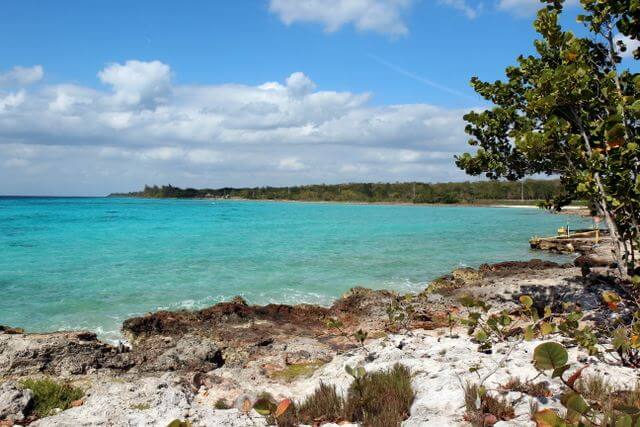
Bay of Pigs, the landing point for the Cuban revolution
Bay of Pigs beach
During the drive from Vinales to Cienfuegos we passed through the Bay of Pigs where the revolutionary forces came ashore. Emerging from the clear blue water the shore is very rocky there, so hopefully they weren’t wearing flip-flops.
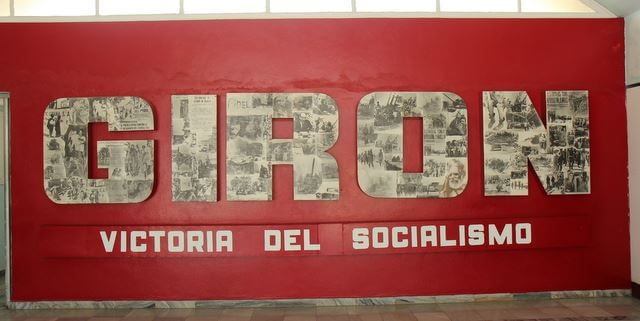
Giron Museum Sign
Giron Museum
Near the Bay of Pigs we stopped in the small town of Giron to visit a museum detailing the story of the invasion. The description of the various images and exhibits are translated into excellent English. The signs started off in factual, descriptive English, then got more and more fervent as we progressed deeper into the museum and the revolution.
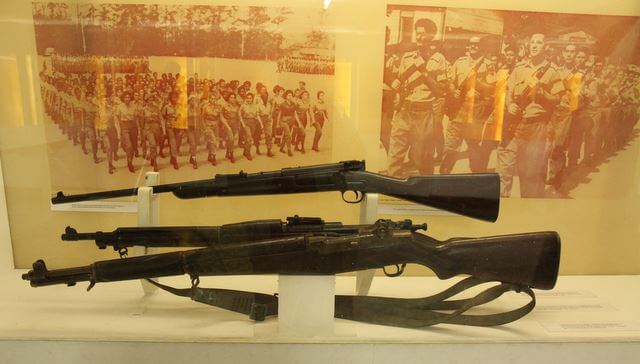
Display of rifles at Giron museum
The outdoor area of the museum contains a number of tanks, planes and boats all full of bullet holes.
The Cuban people’s opinion of Che Guevara
Braver Cubans we spoke to tell a very different story of Che involving ruthless slaughter of families, denied pleas for mercy and the need for numerous mass graves. They consider him an idealist who didn’t think of the consequences of the changes he brought about.
They also tell how the eventual disappearances of Che and his peers were engineered by the heads of the regime he served.
Here’s a link to a documentary, with more about both sides of the story.
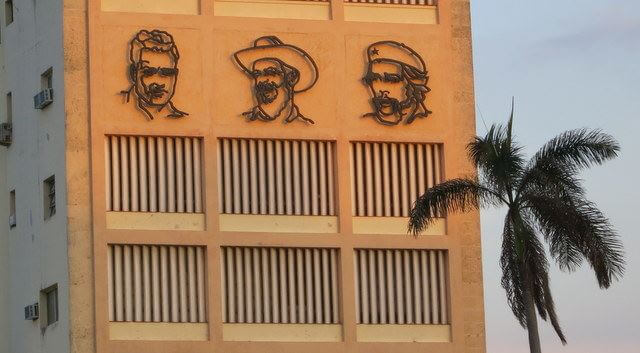
Artwork of Che Guevara on the side of a building in Havana






Pingback: @CaribbeJan
Pingback: @TravelinSoles1
Pingback: @globaltouristtv